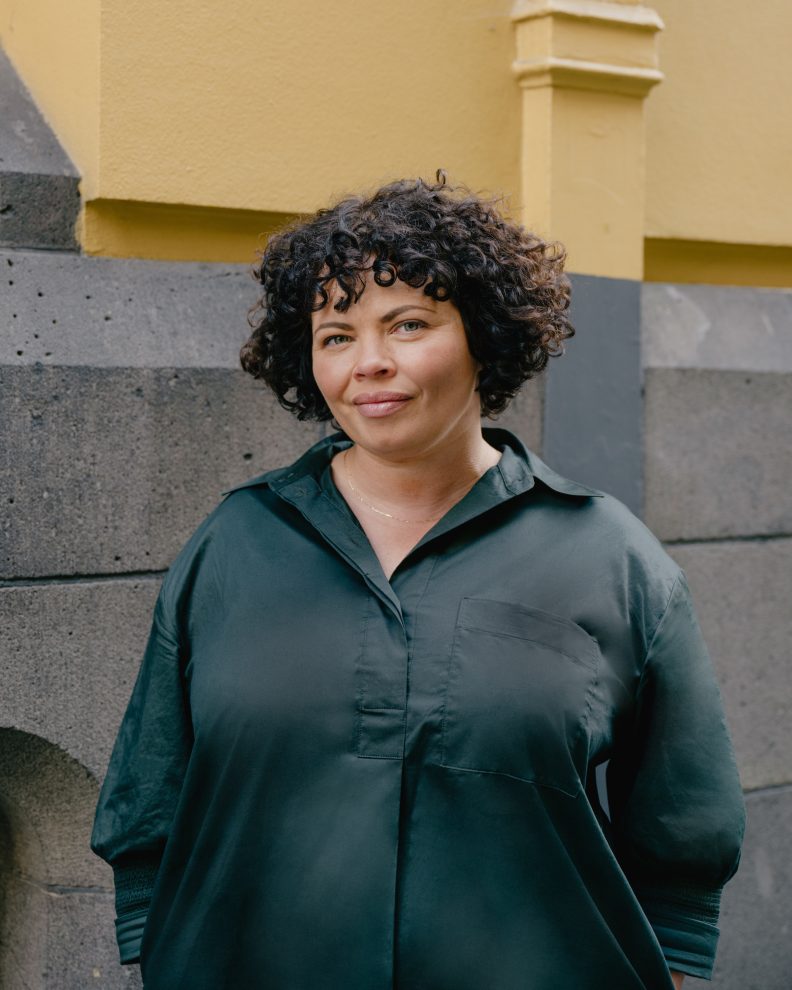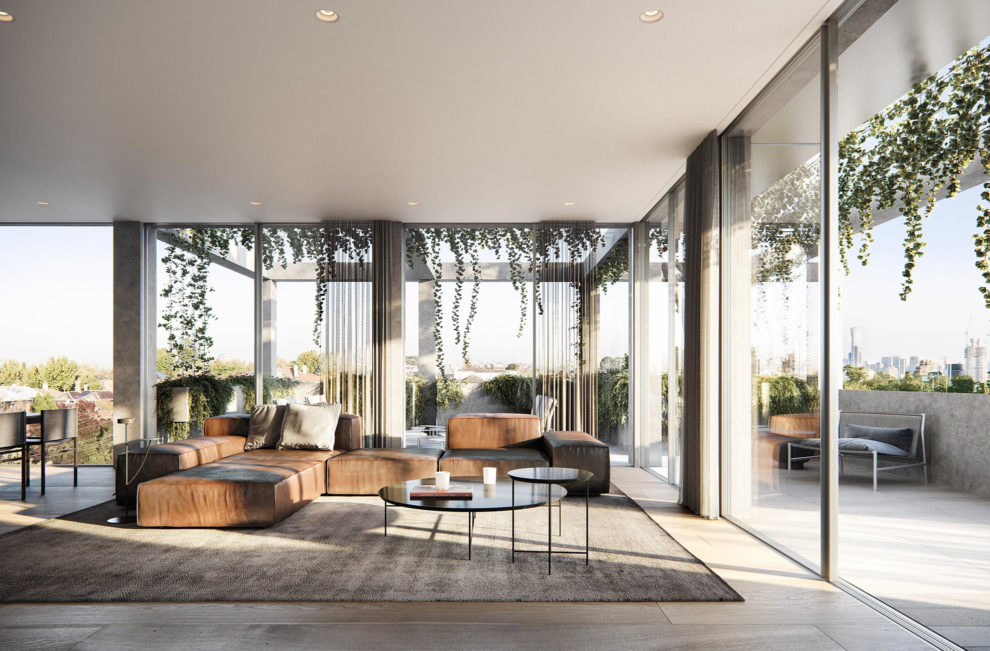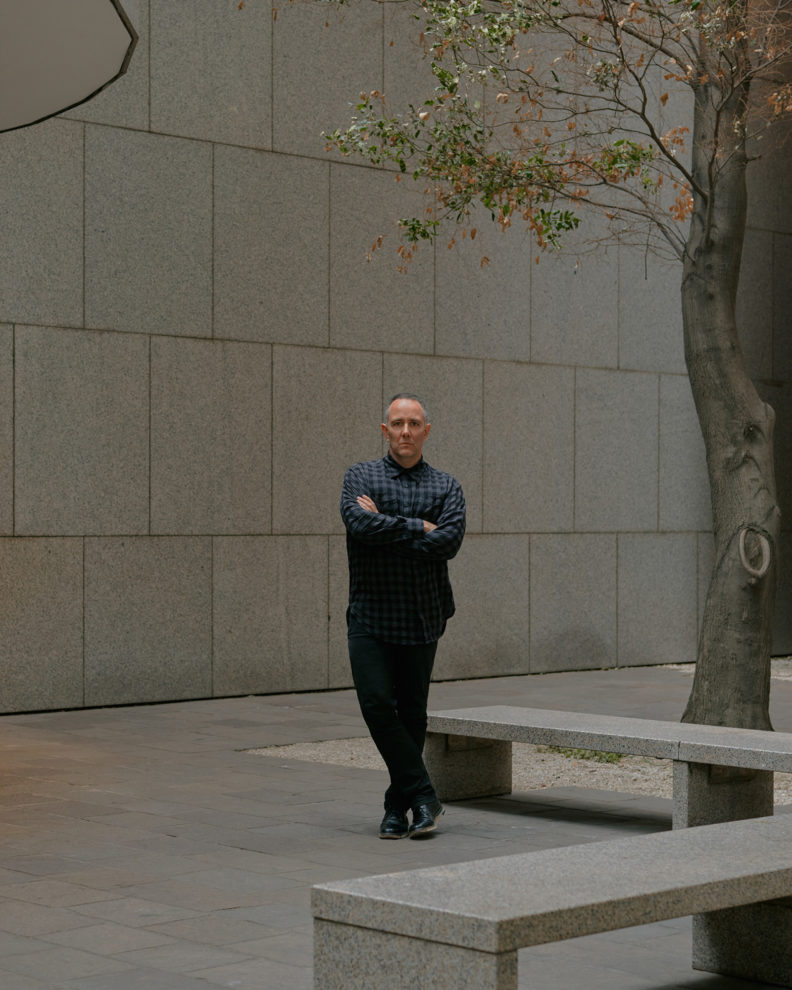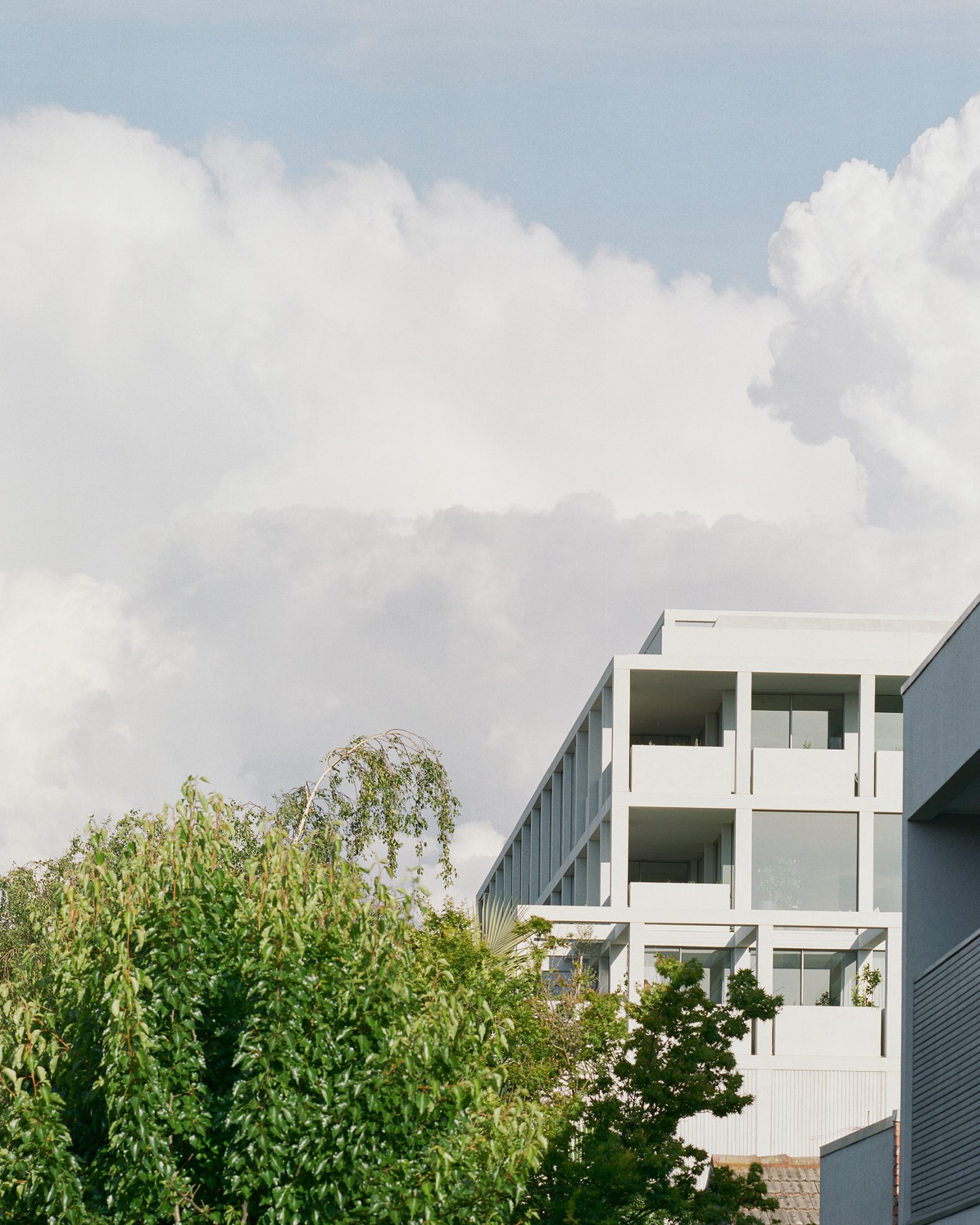
Build-to-rent, more commonly known as BTR, has been quite the topic of discussion in the past year. As the housing crisis reaches a tipping point in Australia, everyone from designers, to developers, investors, builders, and prospective renters, has assessed BTR as a viable, albeit emerging, option to ease the shortage.
Managing Director Chris McCue and Director of Strategy and Transformation Etoile Nasrallah discuss why Australia is shifting in societal perceptions towards housing and home ownership, which has given way to solutions like BTR.

With record low rental supply, rising interest rates, soaring property prices, and rapid population growth, a recipe for a severe housing crisis has come to a boil. To address the increasing demand for rental housing, the BTR model has emerged as a worthy contender, particularly in ensuring the country becomes aligned with international trends.
Already an established practice in Europe, the UK and USA, BTR provides a practical alternative to traditional home ownership. As Etoile explains, “Unlike build-to-sell, build-to-rent is a tenant-focused model that values renter security through higher quality, purpose-built accommodation and flexible leasing options within an amenity-rich community setting”. For developers and investors, the appeal lies in financial stability and the potential for sustained, long-term returns.
Density as opportunity
As the new sector has gained traction globally, a common question is why Australia has been slow in adopting BTR. For Chris, the answer lies in prevailing perceptions of density. “In Australia, we haven’t seen density as an opportunity, but rather the encouragement to sprawl. As architects and designers, we are aligned with increasing options for people to live within established communities. It’s great to see that the planning system now encourages this too,” he says.
“Now with the population expanding, there is a greater demand to not continually increase the Melbourne urban growth boundary but rather focus development back in fringe suburbs, leading to more walkable precincts and dynamic neighbourhoods.”

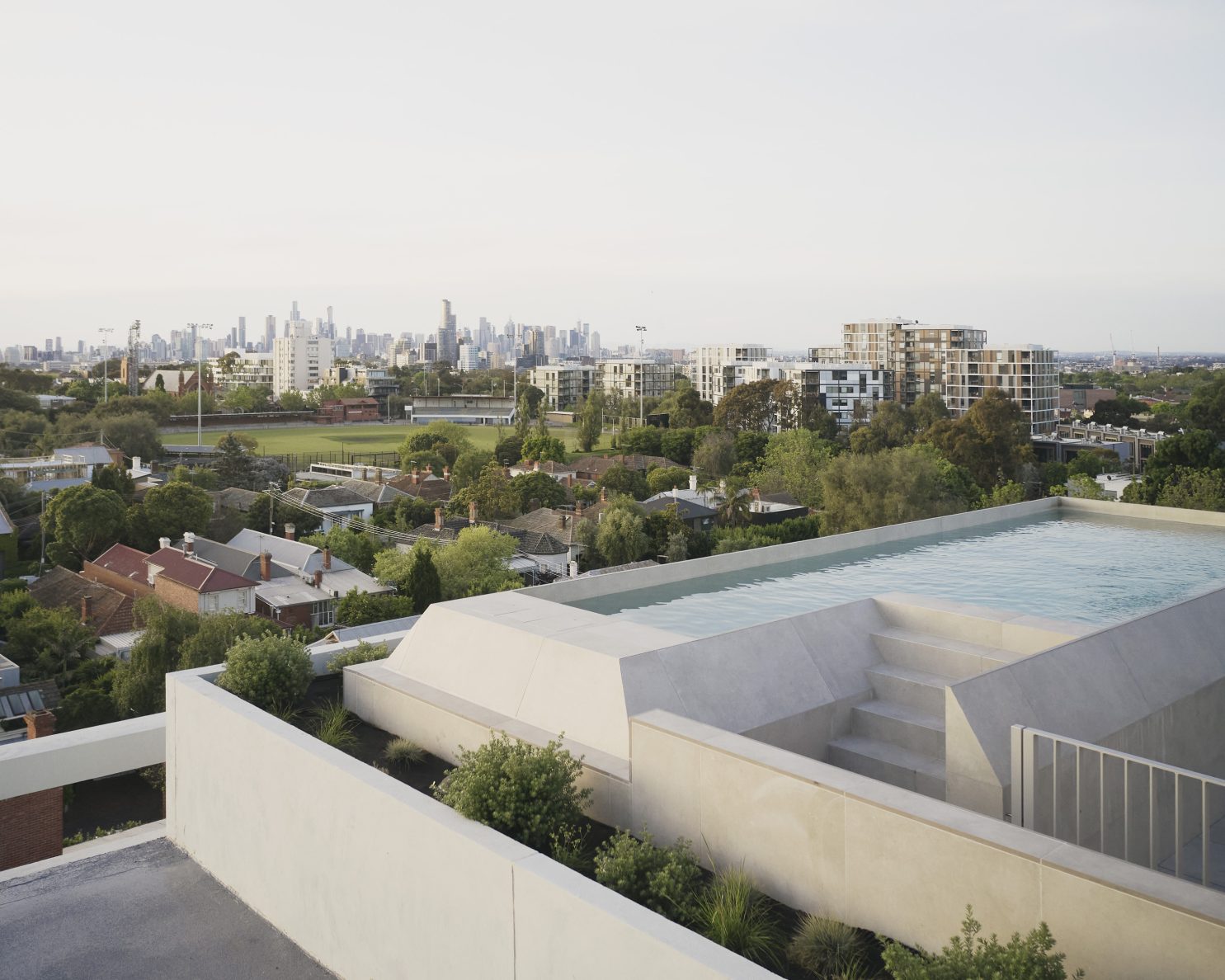
What’s on offer?
While under-35s represent the largest proportion of tenants for BTR developments, there is an increasing number of renters from all age brackets, which places greater demand on the need for quality housing arrangements. “During our work for an upcoming BTR development in Melbourne, we have seen various tenant groups interested in the building,” explains Chris. “Whether they are young professionals or downsizers, these people don’t want to be burdened by purchasing a home and would rather enjoy the amenities and lifestyle possible in BTR developments.”
BTR residences are on par spatially with build-to-sell offerings, however, the communal amenity afforded is often double that of traditional market housing, catering to significant wellness and exercise spaces, a cinema, concierge services, and coworking zones. To this end, designers have an important role in creating sustainable and high-quality buildings that hold their value and appeal to developers, investors and tenants well into the future.
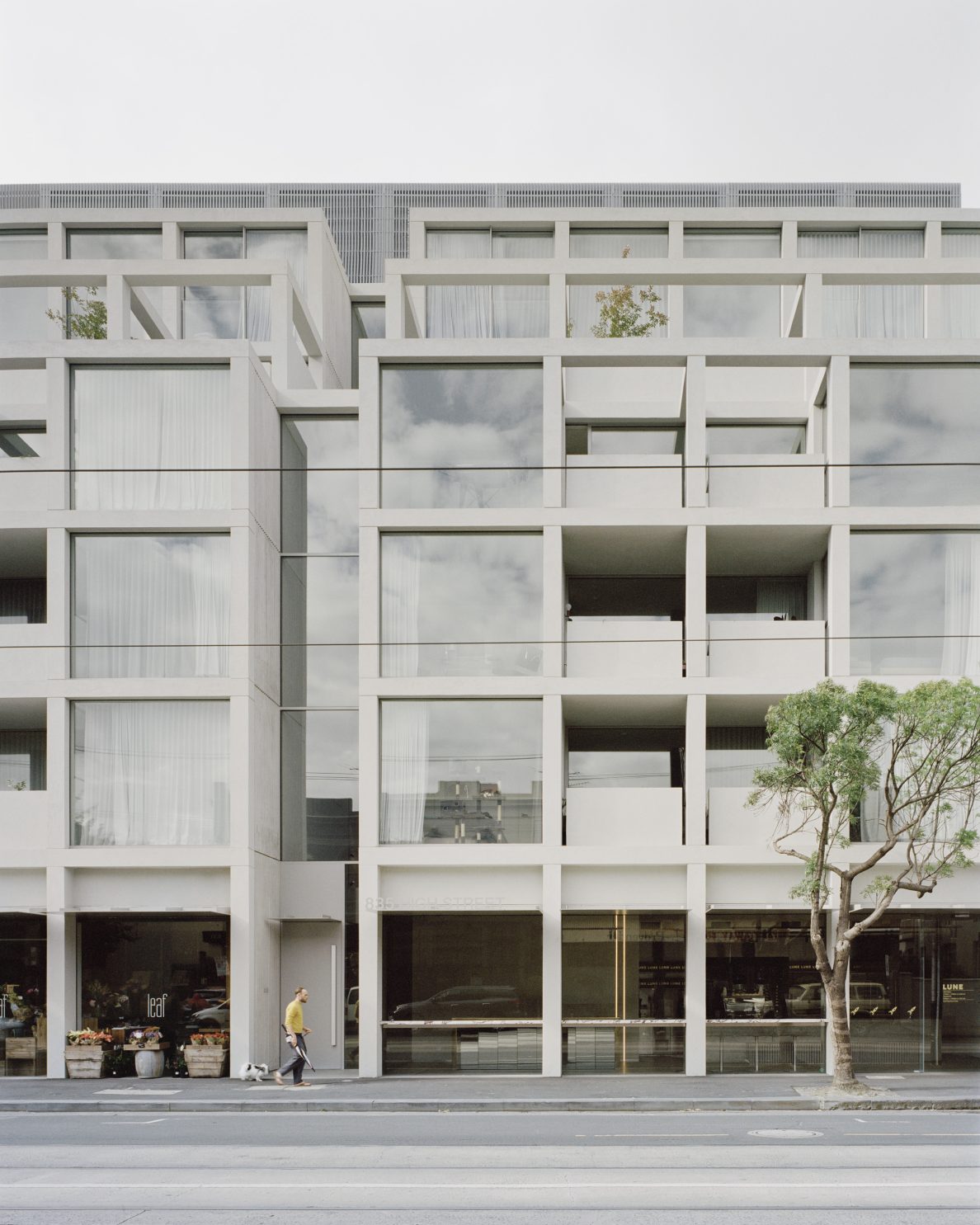
Setting up for success
Developers are drawn to the BTR market for the long-term income stream from their investments. Recent Australian Government tax reforms, featuring a 50 percent reduction in withholding tax rates, along with land concessions, lease terms and exemptions, aim to bolster the supply of BTR housing. “Similarly, to what we have seen in the UK, these reforms are anticipated to build confidence and positively influence the property market, fostering the growth of BTR as a new asset class,” adds Etoile. The changes seek to attract fresh investors, stimulate construction activity, and improve access and affordability across a broader demographic.
Looking ahead
According to Knight Frank research, Melbourne leads the way for BTR developments closely followed by Brisbane and Sydney. As Australians increasingly opt for renting due to shifting perceptions about housing and home ownership, driven by both lifestyle preferences and affordability concerns, the BTR sector appears poised for substantial growth.
For Carr, the design principles that have guided the practice for five decades hold particular significance when viewed through the lens of BTR. “We inherently design for longevity, material sustainability and the enduring nature of our built forms and interior fit-outs,” says Chris. “Whether catering to the higher end of the market or aiming for something more cost-effective, considerations of how someone might occupy the space with efficiency and a sense of clarity are integral to who we are as designers and problem-solvers.”
From a social perspective, BTR is providing what Australia desperately needs, which is housing diversity. “At a micro level, within the development itself, there is an opportunity to genuinely foster a sense of community for a segment of the market that might otherwise be seen as displaced or at best, temporarily,” reflects Chris.
“As a practice, our commitment lies in designing enduring architecture and interiors that elevate people’s lives,” says Etoile. “BTR projects are no exception. They present a real social opportunity to deepen community bonds and instil a sense of stability for residents, irrespective of whether they rent or own their homes.”
Learn how to achieve authentic interior design within multi-residential buildings with Associate Marissa Kefalianos.





























































































